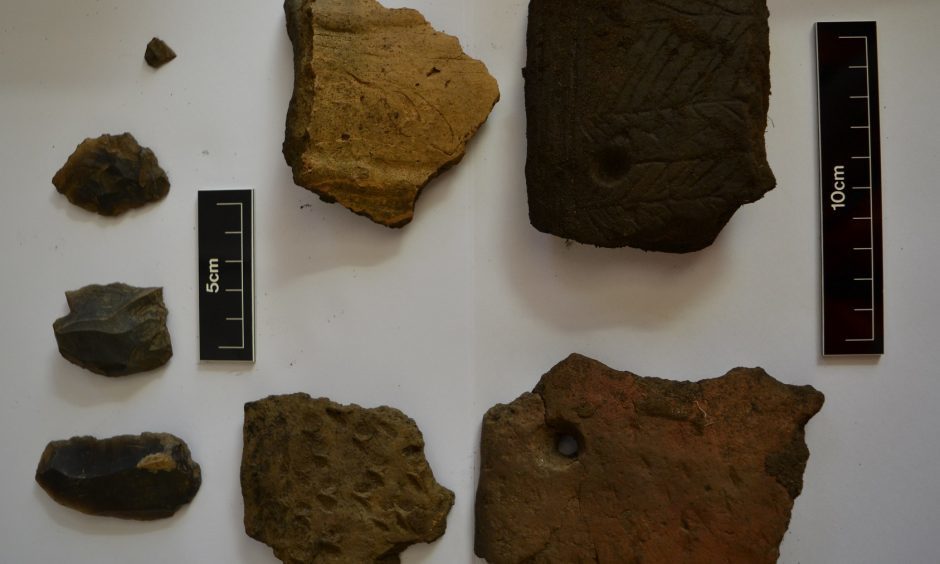Archaeologists have confirmed key details in Norse oral histories (but not the dragons, elves, and trolls).
In TV series from Vikings to Game of Thrones, the icy wastes of the north provide the backdrop to dramatic, often violent, stories of kings and warriors, dragons and trolls. The source for many of these dramas is the Icelandic sagas. In her new book, Beyond the Northlands: Viking Voyages and the Old Norse Sagas, historian Eleanor Rosamund Barraclough explores the world of the sagas, teasing fact from fiction to show that there was much more to the Norse peoples than rape and pillage. (Find out whether the Vikings deserved their terrible reputation.)
Speaking from her home in Durham, England, she explains how the United States should really celebrate Leif the Lucky, not Columbus, why the Soviets hated the idea that Russia had been founded by the Vikings, and how the gruesome Viking torture known as the Blood Eagle may have been more poetic conceit than historical practice. (Did Vikings make the modern world possible?)
Read the rest of this article...
Read the rest of this article...








